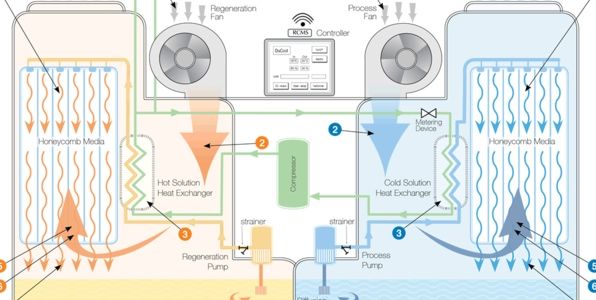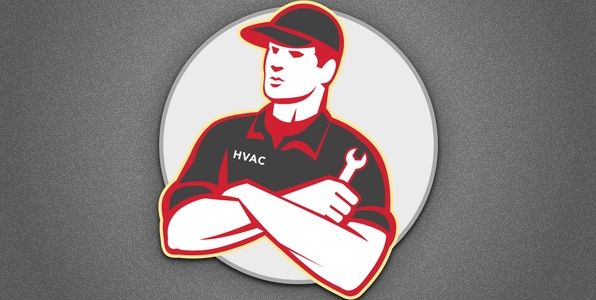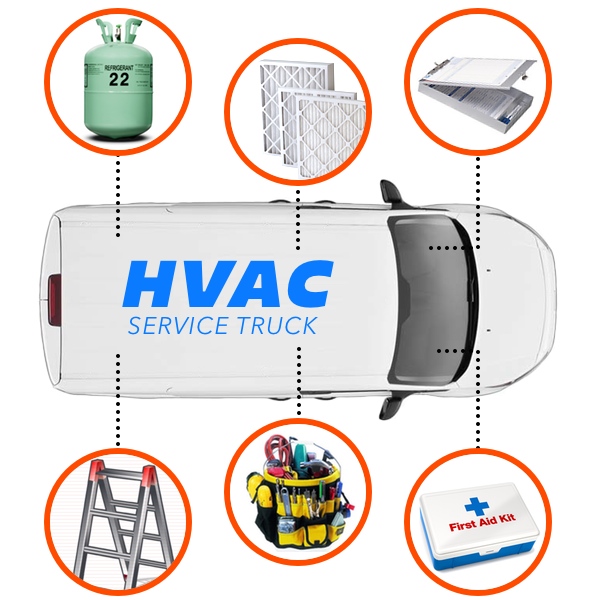Making Evaporation Cool: Explaining DeVAP HVAC
Could DeVAP HVAC be the Future?
Air conditioning is a costly expense for any home or business, especially in Southern California. More than half of our average yearly energy bills are derived from our HVAC systems. A new technology in air conditioning, however, could soon change the way we heat and cool buildings.
Desiccant Enhanced Evaporative (DeVAP) HVAC has the potential to dramatically cut energy costs. Some projections show potential energy reductions as much as 90% depending on where you live and your energy needs. Here is a look at how DeVAP works and the effect it could have on the energy industry.
How Does DeVAP Work?
In order for air to be cooled by a traditional HVAC, the humidity must first be removed. This is where much of the energy is used. Traditional air conditioners first absorb hot air, condense the air, and cool it before pushing it back into a room. This process of dehumidifying the air becomes extremely energy-consuming, especially in climates where the air is moist.
In DeVAP air conditioning, new evaporation technology is blended with a form of liquid desiccant to dehumidify the air. Desiccants use the water in the air to create a cooling effect. In DeVAP, energy is only used when the air is being dehumidified. The cooling that occurs during evaporation only amplifies the cooling effect.
Natural gas is expected to power most of the DeVAP units; however, solar and other alternative energies should also be able to integrate with this new technology.
The Benefits of DeVAP
As stated above, the most attractive benefit to DeVAP versus traditional HVAC is cost savings. With DeVAP, the savings will vary depending on your home or business, how much heating and cooling you use, and the air around you. Although a saving of 90% is on the high end of savings projections, many businesses in Southern California can count on seeing reductions of at least 40% in overall energy consumption.
Energy companies themselves will also see the benefits of DeVAP, as the technology could cut overall demand during peak hours of the day, meaning brownouts and blackouts could be reduced.
DeVAP is beneficial for the environment, too. Substituting traditional air conditioning’s method of dehumidification with DeVAP ensures harmful refrigerants and other chemicals used in traditional air conditioning are removed. That makes DeVAP the greener choice, as coolant chemicals used in standard air conditioning have been linked to damaging the ozone layer.
Another perk of DeVAP HVAC units is that they will be able to better control temperature and humidity, since each is treated separately. The air produced by DeVAP is also known to have less of an artificial feeling than the standard air conditioning. This means the air may feel less stuffy and more comfortable.
Developing DeVAP for the Future
DeVAP technology has the potential to have an enormous impact on the HVAC industry. Businesses and homeowners would have the opportunity to keep their homes cooler and keep the environment cleaner for a fraction of the cost.
It will likely be some time before DeVAP technology is widespread and widely used. It could be a fixture in more buildings in a few years, but it will take time to implement on a wider scale. The goal of DeVAP technology currently is to reduce the size and cost of HVAC. While it will be more efficient, making the units themselves as affordable as traditional air conditioners is still a long-term obstacle.
Developers will continue to refine the components until there is a version of a DeVAP HVAC unit that can become marketable. Commercial air conditioning will likely see the first applications of DeVAP, with residential units not too far behind.
Contact Bob Jenson Air Conditioning & Heating today for more information on DeVAP technology. Learn how it could fit your future heating and cooling needs.












